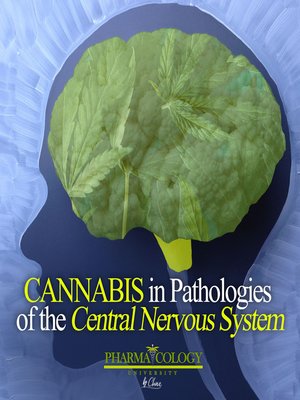Cannabis in Pathologies of the Central Nervous System
audiobook (Unabridged)
By Pharmacology University

Sign up to save your library
With an OverDrive account, you can save your favorite libraries for at-a-glance information about availability. Find out more about OverDrive accounts.
Find this title in Libby, the library reading app by OverDrive.



Search for a digital library with this title
Title found at these libraries:
| Library Name | Distance |
|---|---|
| Loading... |
Welcome to explore the wonderful world of cannabis in the pathologies of the central nervous system!
The nervous system is a complex of specialized structures, consisting of the brain, spinal cord, and nerves, which control and regulate the functioning of the various organs and systems, organize their interrelationship, and the relationship of the organism with the external environment.
The basic unit of the nervous system is the nerve cell known as the neuron and its numerous branching fibers called dendrites. The human brain has approximately 100 billion neurons.
There is evidence of cannabinoids' therapeutic applications throughout history. Ancient Chinese culture noted the cannabis plant's benefits for various ailments; centuries later, the Arabs promoted its use in numerous medical treatises. At that time, they had no idea how the plant's substances exerted their effect. But, facts proved significant improvements when treating various symptoms and pathologies. Thanks to the constant advances in contemporary medicine, the mechanisms by which these substances exert their function are increasingly better understood.
Interest in the biological properties of cannabis increased significantly in the early 1990s with the discovery of specific receptors for its components in the Central Nervous System. To this day, cannabinoid receptors are known as CB1 and CB2. They are in the neuronal cell membrane, particularly in the presynaptic terminals, and are part of the family of G-protein-coupled receptors. They are linked to potassium channel activation and calcium channel inhibition.
This audiobook will explore in more detail how cannabinoids may serve as potential neuroprotective agents. Especially in different neurodegenerative diseases such as cerebral ischemia, Alzheimer's, Parkinson's, Huntington's, and ALS. All thanks to their ability to control oxidative stress, inflammation, and excitotoxicity present in them.







